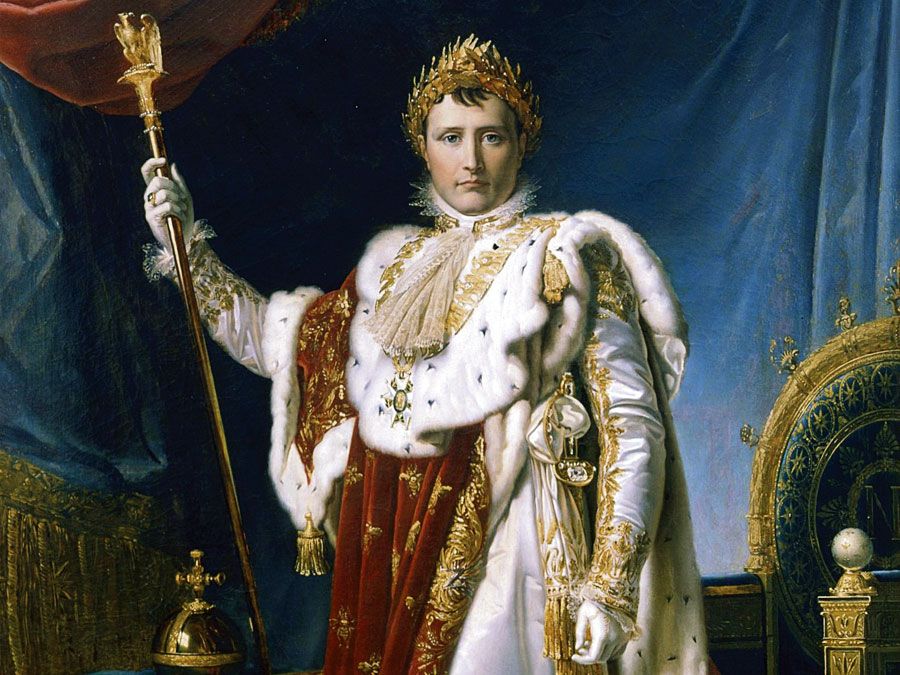Harald III Sigurdsson
- Byname:
- Harald the Ruthless
- Norwegian:
- Harald Hardråde
- Born:
- 1015, Norway
- Died:
- Sept. 25, 1066, Stamford Bridge, Yorkshire, Eng. (aged 51)
- Title / Office:
- king (1045-1066), Norway
Harald III Sigurdsson (born 1015, Norway—died Sept. 25, 1066, Stamford Bridge, Yorkshire, Eng.) was the king of Norway (1045–66). His harsh suppression of lesser Norwegian chieftains cost him their military support in his unsuccessful struggle to conquer Denmark (1045–62).
The son of Sigurd Sow (Syr), a chieftain in eastern Norway, and of Estrid, mother of the Norwegian king Olaf II Haraldsson (St. Olaf), Harald fought at the age of 15 against the Danes with Olaf II in the celebrated Battle of Stiklestad (1030) in which Olaf was killed. He then fled to Russia, where he served under the grand prince of Kiev, Yaroslav I the Wise, whose daughter Elizabeth he later married. After enlisting in the military service of the Byzantine emperor Michael IV (reigned 1034–41), he fought with the imperial armies in Sicily and Bulgaria and is said to have made a pilgrimage to Jerusalem. His military exploits under Michael IV were described by both Byzantine and Norse medieval historians.
When Harald returned to Norway in 1045, he agreed to share the Norwegian throne with the reigning king, his nephew Magnus I Olafsson. Harald became sole ruler in 1047, when Magnus died in a military expedition that the two rulers had launched against Denmark. He spent the next 15 years attempting to wrest the Danish throne from Sweyn (Svein) II. After Sweyn’s defeat in the Battle of Niz (1062), the two rulers recognized each other as sovereign in their respective countries. Harald also quarreled with Pope Alexander II and Adalbert, the archbishop of Bremen and the Holy Roman emperor’s vicar for the Scandinavian countries. Harald antagonized the two prelates by maintaining the independence of the Norwegian church.

Harald expanded Norway’s colonial possessions in the Orkney, Shetland, and Hebrides islands and in 1066 attempted to conquer England, allying himself with the rebel earl Tostig against the new English king, Harold II. After gaining initial victories, Harald’s forces were routed by the English king in September 1066 at Stamford Bridge, where Harald was killed. His son Magnus (c. 1048–69) succeeded him and ruled jointly with Olaf III, another of Harald’s sons, until Magnus’s death in 1069.












